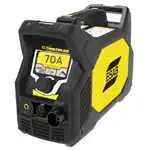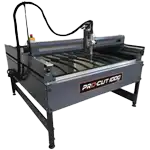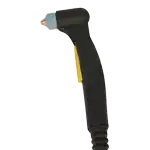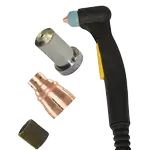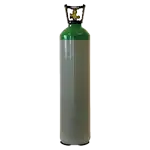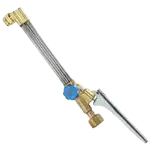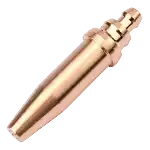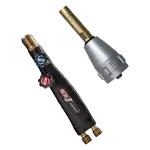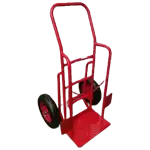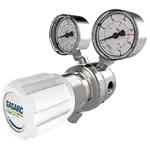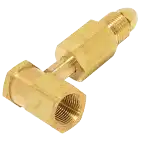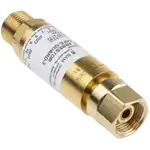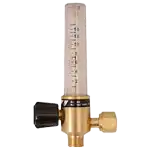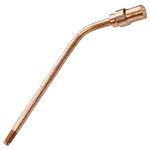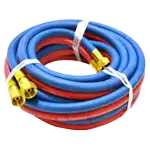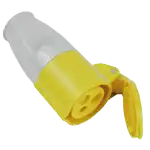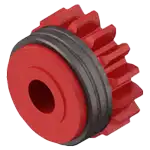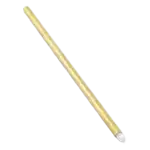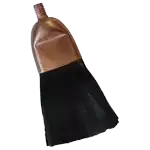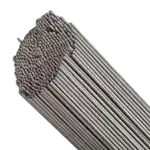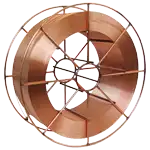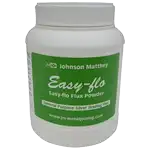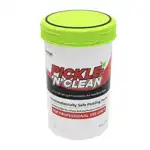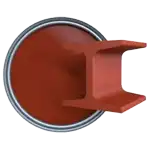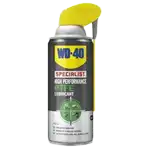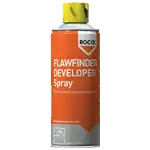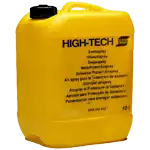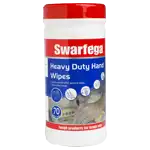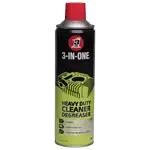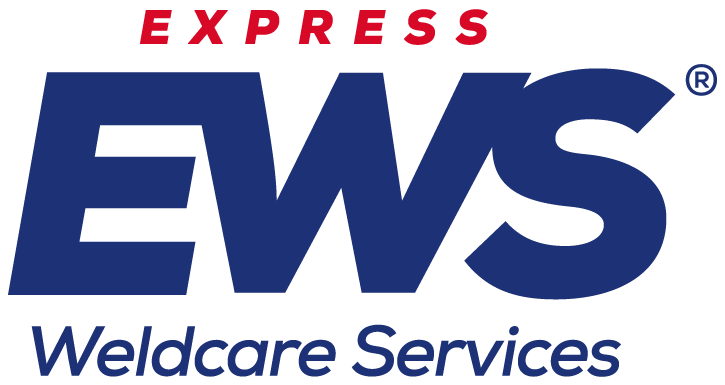What is the process of weld purging?
Weld purging is the process of removing oxygen and other contaminants from the weld area by introducing an inert gas, such as argon or helium. This is done to prevent oxidation and contamination of the weld zone, which can result in poor quality welds, reduced strength, and increased corrosion rates.
The process of weld purging typically involves the following steps:
- The weld area is cleaned to remove any dirt, oil, or other contaminants.
- An inert gas is introduced into the weld area using a purge gun or manifold.
- The inert gas is flowed for a period of time, typically 30-60 seconds, to displace the oxygen and other contaminants.
- The weld is then made.
- The type of inert gas used for weld purging depends on the material being welded. For example, argon is typically used for welding stainless steel, while helium is used for welding aluminum.
The amount of inert gas used for weld purging depends on the size of the weld area. For small welds, a small amount of gas may be sufficient. For large welds, a larger amount of gas may be required.
The pressure of the inert gas used for weld purging also depends on the size of the weld area. For small welds, a low pressure may be sufficient. For large welds, a higher pressure may be required.
The process of weld purging can be done manually or automatically. Manual purging involves using a purge gun or manifold to introduce the inert gas into the weld area. Automatic purging involves using a purge system that automatically introduces the inert gas into the weld area.
Weld purging is an important process for ensuring the quality of welds. By removing oxygen and other contaminants from the weld area, weld purging can help to prevent oxidation, contamination, and poor weld quality.
What are the benefits of weld purging:
- Prevents oxidation and contamination of the weld zone.
- Improves the strength and corrosion resistance of welds.
- Reduces the risk of weld defects, such as porosity and cracks.
- Improves the appearance of welds.
If you are welding materials that are sensitive to oxidation, such as stainless steel, titanium, or nickel alloys, then weld purging is a critical process that should not be overlooked.
What are the types of weld purging?
There are two main types of weld purging:
Local purging: This type of purging is used to purge a small area around the weld joint. This is typically done by using a gas nozzle to direct the inert gas into the weld area.
Total purging: This type of purging is used to purge the entire weld chamber. This is typically done by enclosing the weld area in a vacuum chamber and then backfilling the chamber with inert gas.
What are the safety considerations?
When using weld purging, it is important to follow safety procedures to prevent accidents. These procedures typically include the following:
- Using the correct type of inert gas
- Maintaining the correct gas flow rate with a flowmeter
- Using proper ventilation
- Wearing personal protective equipment (PPE)
How long to purge before welding?
The amount of time needed to purge before welding depends on a number of factors, including the size of the weld area, the type of inert gas being used, and the pressure of the gas. In general, however, a purge time of 30-60 seconds is typically sufficient.
For small welds, a shorter purge time may be sufficient. For large welds, a longer purge time may be required. If you are using a high-pressure inert gas, you may need to purge for a longer period of time.
It is important to note that the purge time is not the only factor that affects the quality of the weld. The cleanliness of the weld area is also important. If the weld area is not clean, then the purge time may not be sufficient to remove all of the contaminants.
If you are unsure how long to purge before welding, it is always best to err on the side of caution and purge for a longer period of time. This will help to ensure that the weld area is free of contaminants and that the weld is of the highest quality.
Here are some additional tips for purging before welding:
- Use a clean, dry inert gas.
- Purge the weld area until the oxygen level is below 70 ppm for stainless steel or below 50 ppm for titanium. Use a weld purge monitor for this. We recommend Huntingdon Fusion Techniques’ PurgEye.
- Use a purge gun or manifold to introduce the inert gas into the weld area.
- Purge the weld area from all sides.
- Purge the weld area for a minimum of 30 seconds.
Why is purging required with stainless steel?
Stainless steel is a corrosion-resistant material that is made of iron, chromium, and other elements. However, stainless steel is still susceptible to oxidation, especially when it is welded. This is because the welding process creates a hot environment that can cause the chromium in the stainless steel to react with oxygen. This reaction can form chromium oxide, which can weaken the weld and make it more susceptible to corrosion.
What is back purging?
Back purging is a welding technique that involves introducing an inert gas, such as argon or helium, into the back side of the weld area. This is done to prevent oxidation and contamination of the weld zone, which can result in poor quality welds, reduced strength, and increased corrosion rates.
Back purging is typically used when welding materials that are sensitive to oxidation, such as stainless steel, titanium, or nickel alloys. It is also used when welding in confined spaces where there is a risk of oxygen contamination.
There are two main methods of back purging:
Direct back purging: This method involves introducing the inert gas directly into the back side of the weld area. This can be done by using a purge gun or manifold, or by drilling holes in the back side of the weld area.
Indirect back purging: This method involves introducing the inert gas into the weld area from the front side. The inert gas then flows around the weld and back out through the back side of the weld area. This method is typically used when welding thick materials or when there is a risk of contamination from the back side of the weld area.
Back purging is an important process for ensuring the quality of welds. By removing oxygen and other contaminants from the weld area, back purging can help to prevent oxidation, contamination, and poor weld quality.
If you are welding materials that are sensitive to oxidation, then back purging is a critical process that should not be overlooked.
Can you weld stainless without back purging?
Yes, it is possible to weld stainless steel without back purging. However, it is important to take steps to minimise oxidation and contamination of the weld zone.
When should I back purge?
It is most commonly used when welding tube, tanks, cylinders, and other hollow objects. However, it is also important for all metals, especially stainless steel, duplex steels, nickel, titanium, and zirconium.
Want to know more? Speak to one of our experts.
